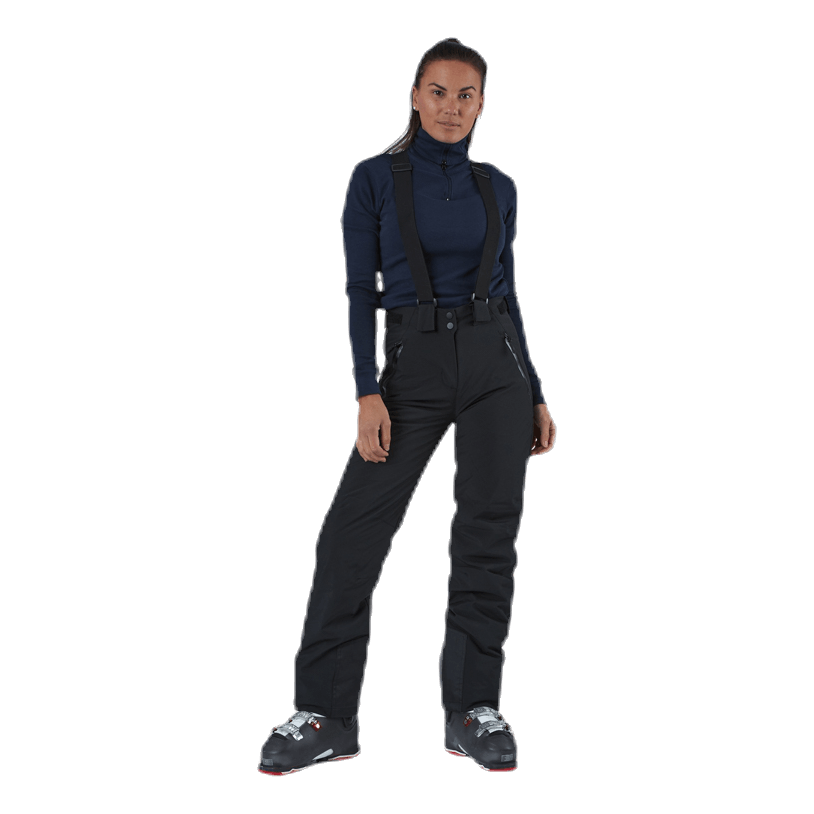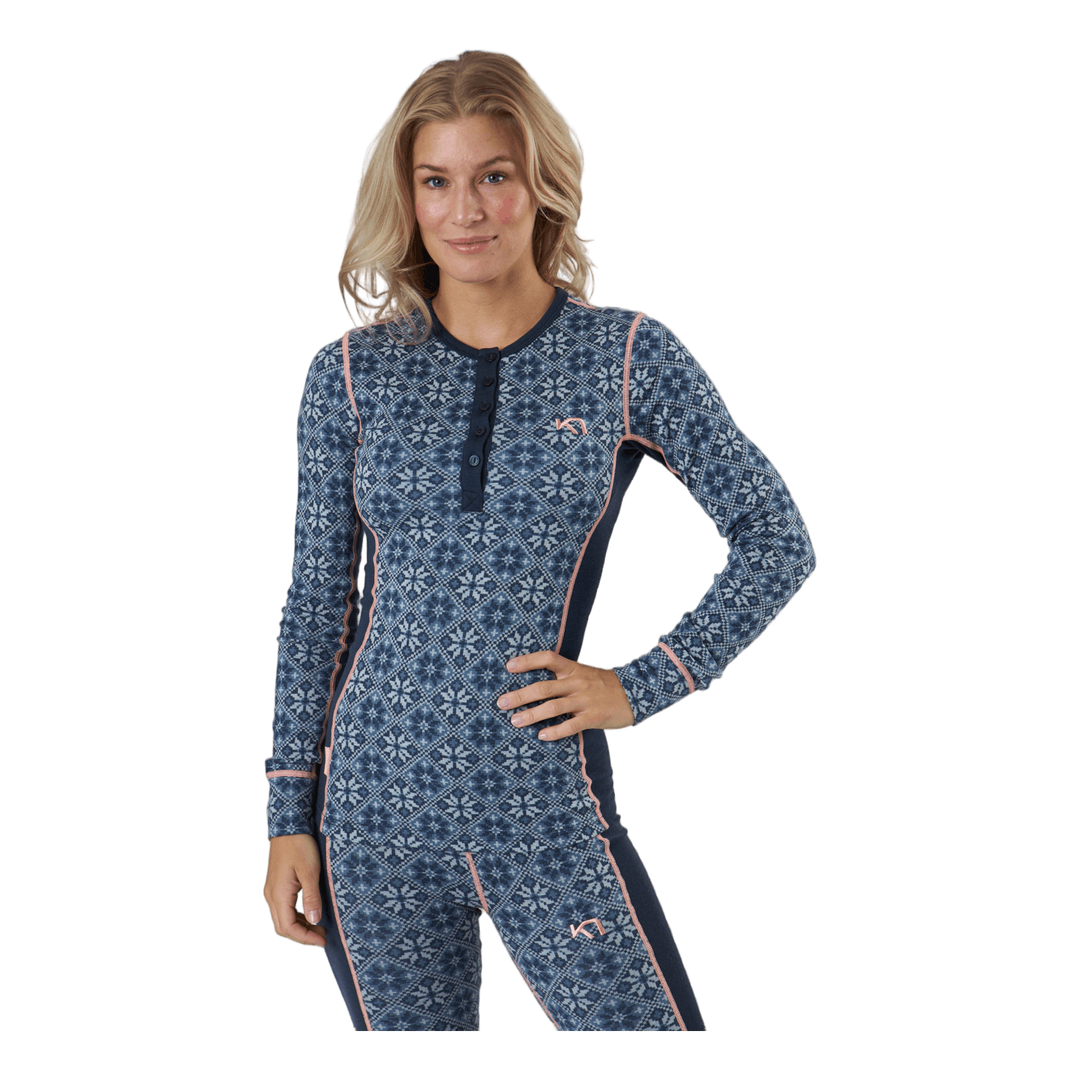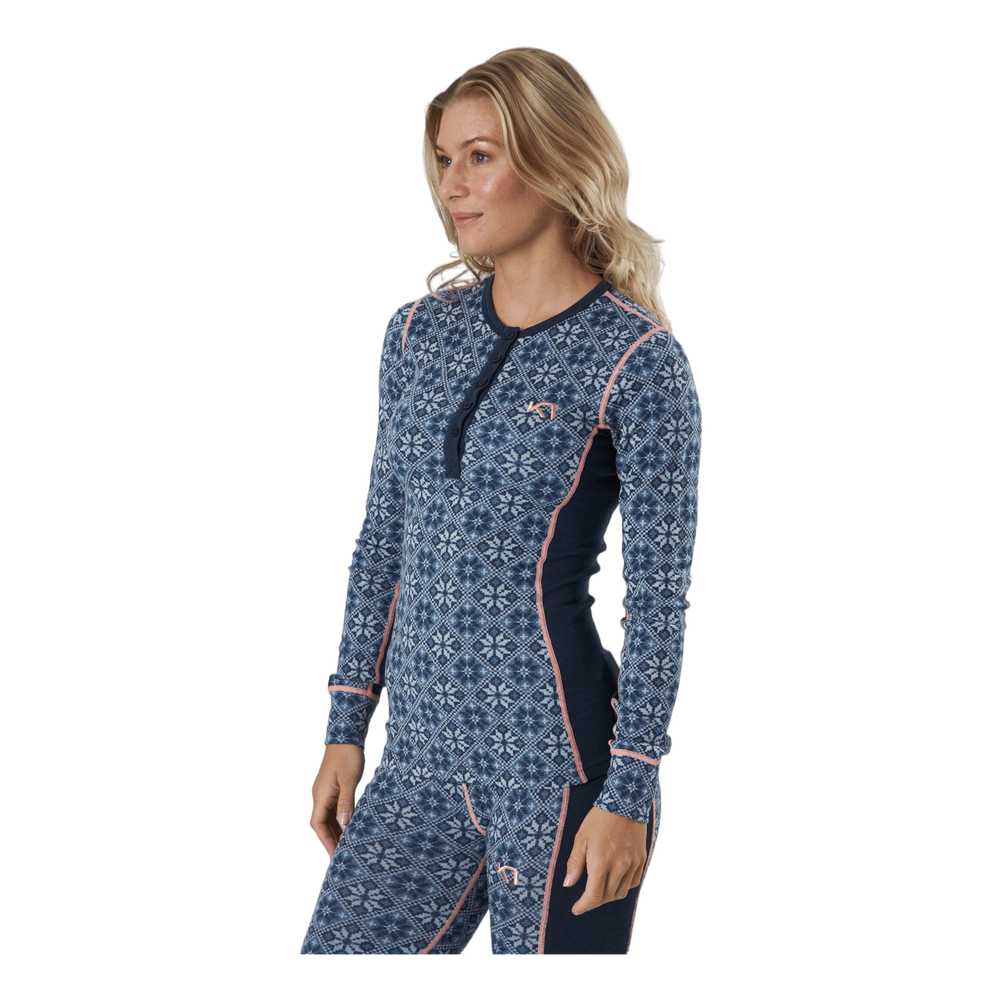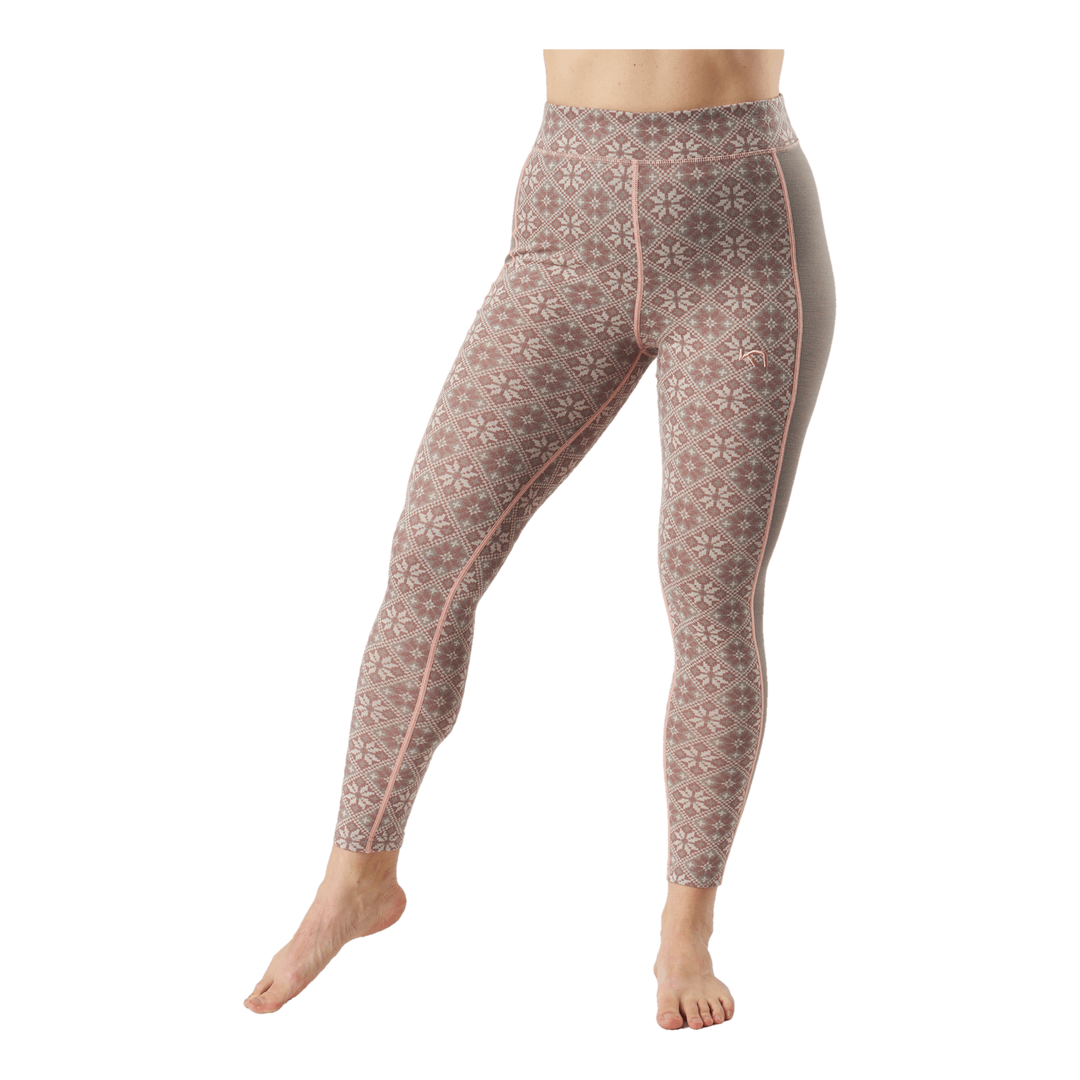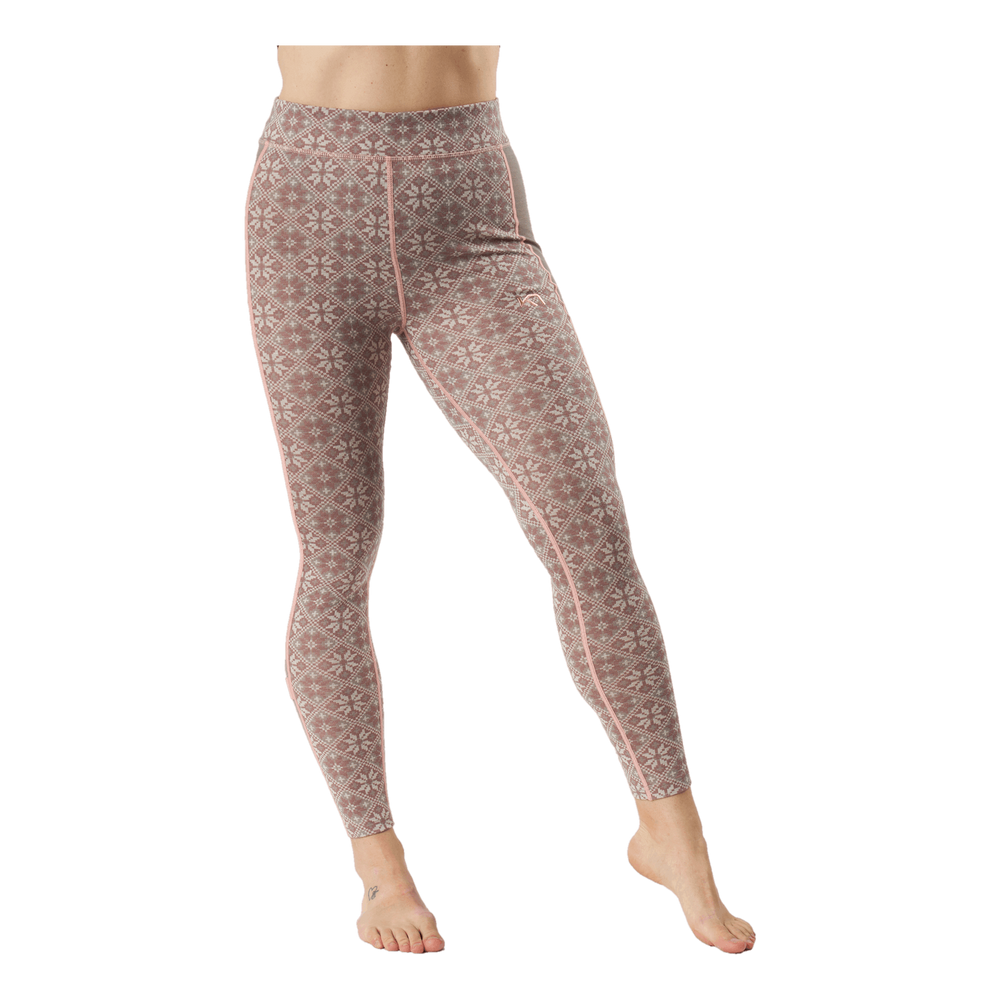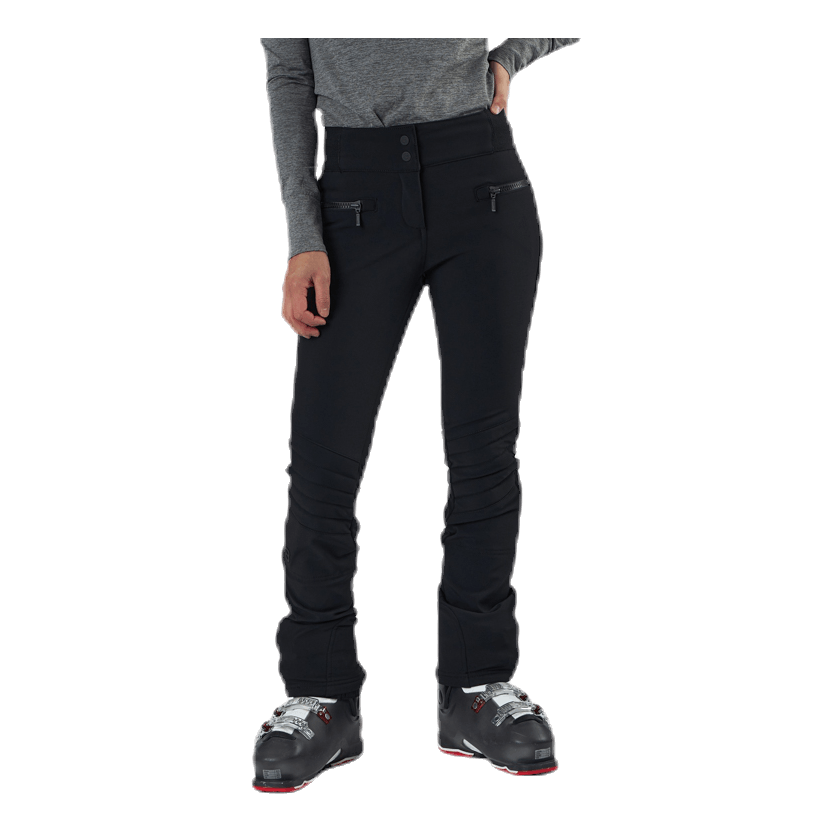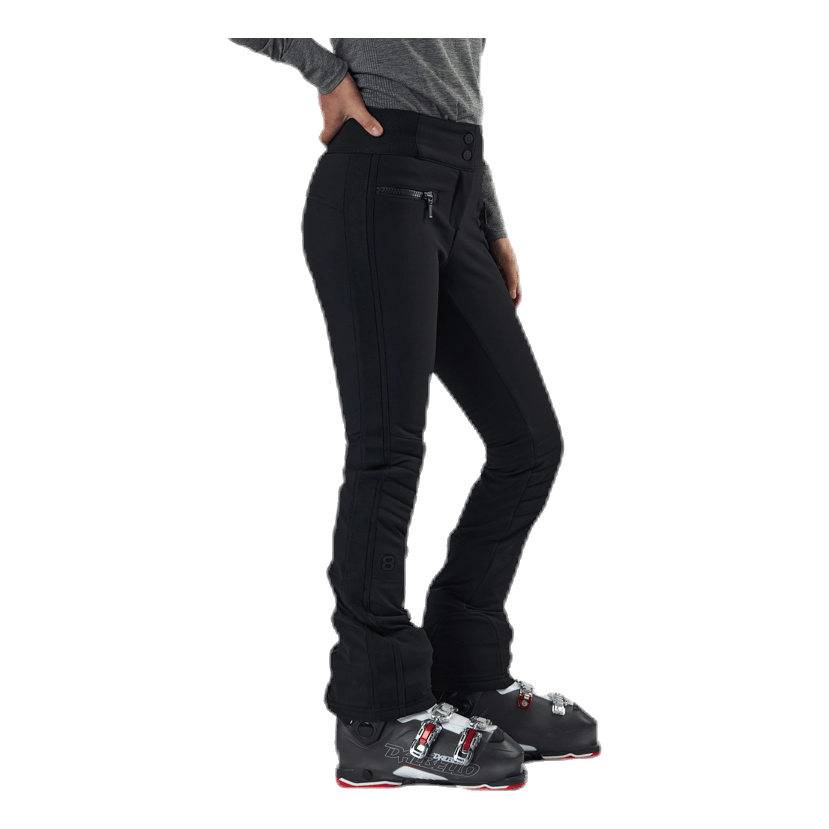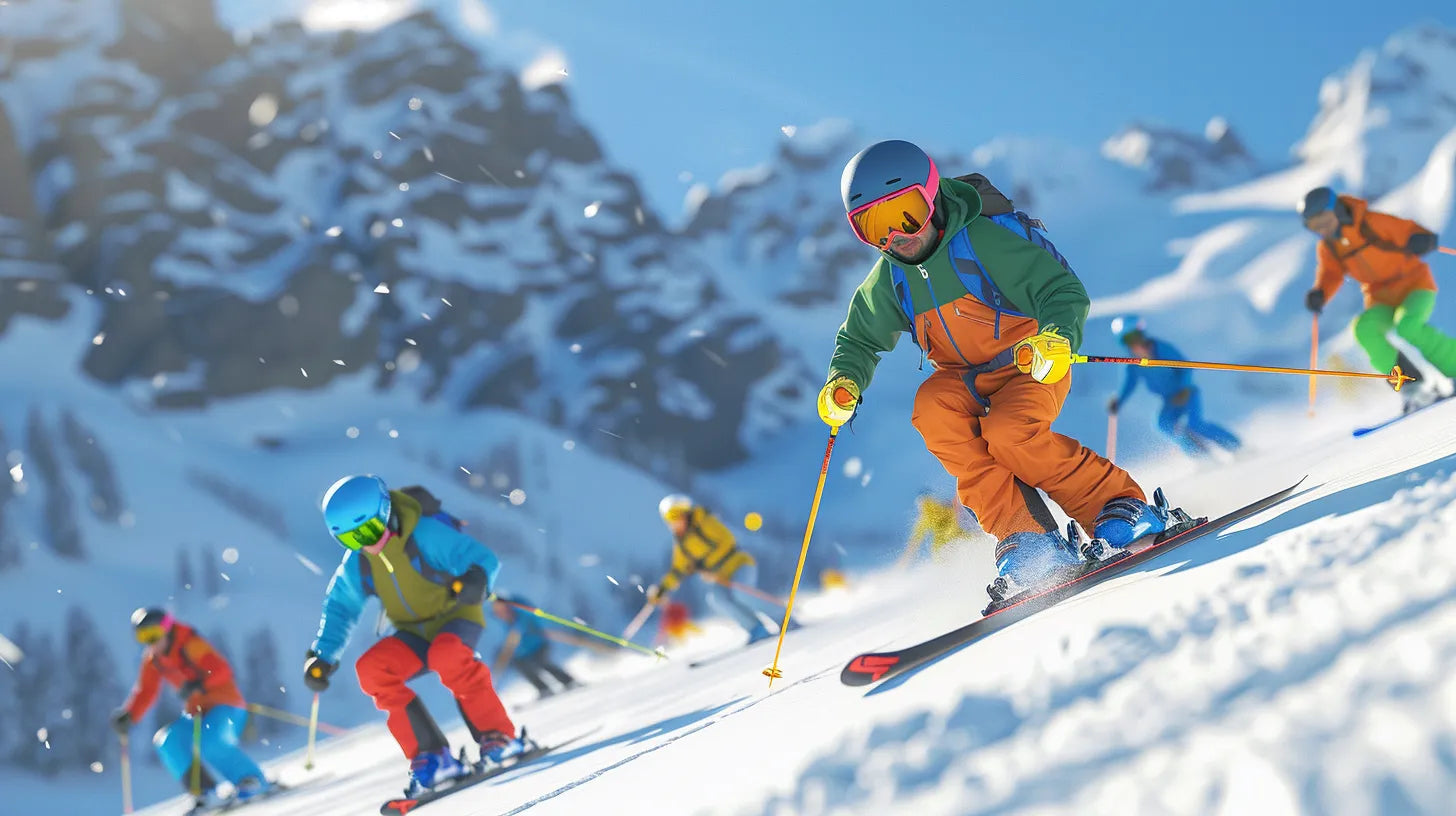
What Length Skis Should You Get? A Guide to Choosing the Right Length
Why is Ski Length Important?
Selecting the right length for your skis is one of the most important factors in getting the most out of your time on the snow. Skis that are too short or too long can negatively impact your balance, control, and performance. With the right ski length, you'll get optimal flotation, better control in turns, and an easier time handling different types of terrain and snow conditions.
Ski length also affects your energy expenditure. Skis that are too short require more effort to maintain speed, while skis that are too long can feel clumsy and difficult to maneuver. By finding the perfect length for your body and skiing style, you can ski more efficiently and enjoy the sport without unnecessary fatigue.
Factors Affecting Ski Length Choice
There are several factors to consider when choosing the length of your skis:
- Your height and weight: Taller and heavier skiers generally need longer skis for sufficient flotation and stability.
- Your skiing style: Different skiing styles, such as classic, skate, or touring, require different lengths for optimal performance.
- Your skill level: Beginners may benefit from shorter, more maneuverable skis, while experienced skiers often prefer longer skis for better speed and stability.
- Terrain and snow conditions: Softer snow and more varied terrain may require shorter skis for increased maneuverability.
Ski Length Based on Height
A general rule of thumb is to choose skis that reach somewhere between your chin and forehead when you stand upright. Here's an approximate guide based on your height:
- 150-160 cm: 150-170 cm skis
- 160-170 cm: 160-180 cm skis
- 170-180 cm: 170-190 cm skis
- 180-190 cm: 180-200 cm skis
- 190+ cm: 190-210 cm skis
Remember, this is just a starting point. Your weight, skiing style, and skill level will also influence your choice of length.
Ski Length for Different Skiing Styles
Classic
For classic cross-country skiing, skis should be approximately 10-20 cm longer than your height. This provides good flotation in the tracks and aids in kicking. Beginners may choose skis on the shorter end of the range, while experienced skiers often prefer longer skis for better glide.
Skate
Skate skis are generally shorter than classic skis, usually 5-10 cm longer than your height. Shorter skis are easier to maneuver and suit beginners well, while longer skis provide better speed and are preferred by experienced skiers.
Touring
For ski touring, you'll want skis that are light enough to climb with but also provide good flotation and stability on the way down. A good rule of thumb is to choose skis that are 10-15 cm shorter than your height. Lighter skiers may go down another 5 cm. The width of the skis is also important – wider skis provide better flotation in soft snow.
Adjust Length for Experience and Weight
If you're a beginner or lighter than average for your height, consider choosing skis on the shorter end of the range. This will make the skis easier to handle and less tiring to ski on. If you're an experienced skier or heavier than average, longer skis may provide better flotation, speed, and stability.
Remember, these are just guidelines – the best way to find the perfect skis is to test different lengths and models. Many ski shops offer rental or demo programs, so take advantage of the opportunity to try out different lengths and find the one that best suits your skiing style.
With the right ski length, you'll be able to fully enjoy the sport of skiing and progress as a skier. So hit the trails with the knowledge that you have the optimal setup for gliding over the snow with a smile on your face. Soon, you'll be amazed at how much difference a few centimeters in ski length can make for your overall skiing experience!




